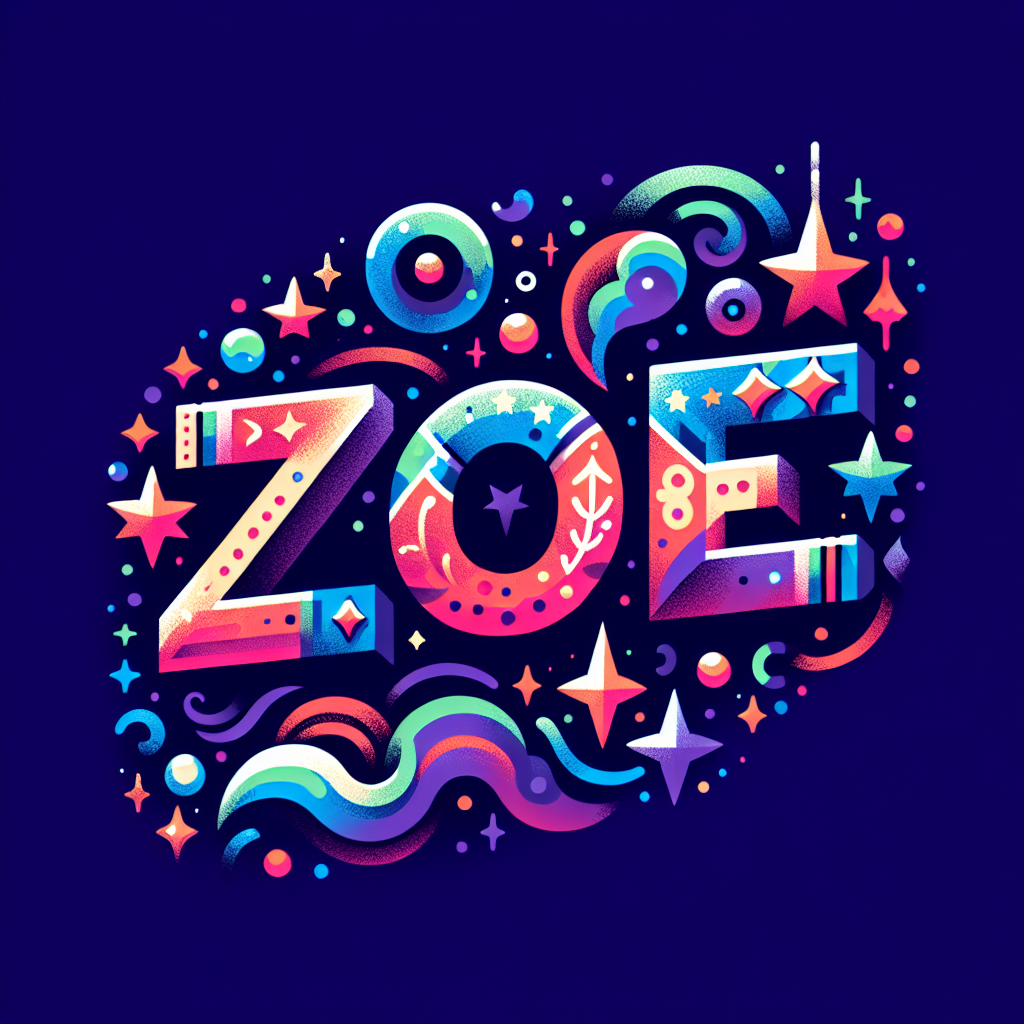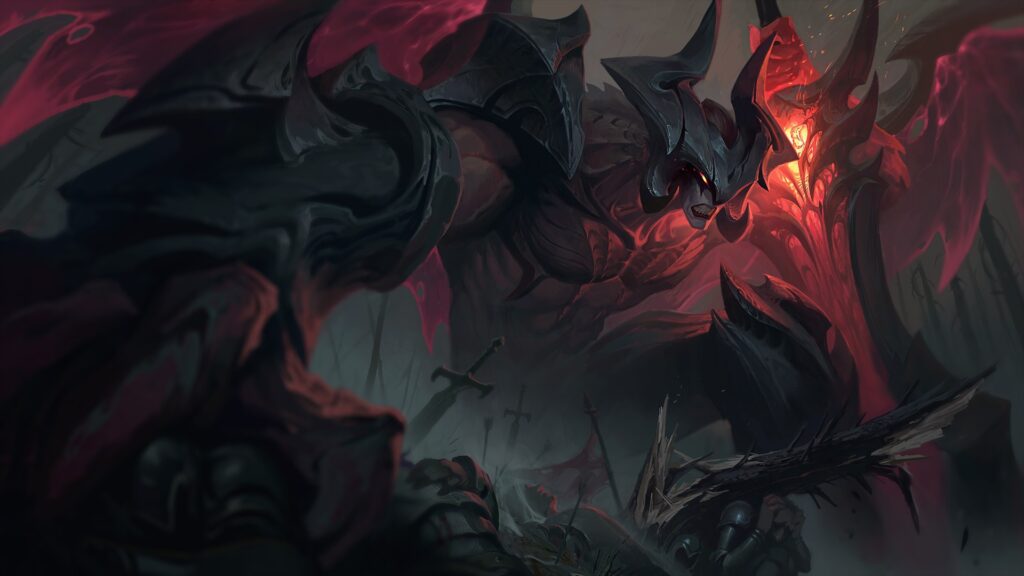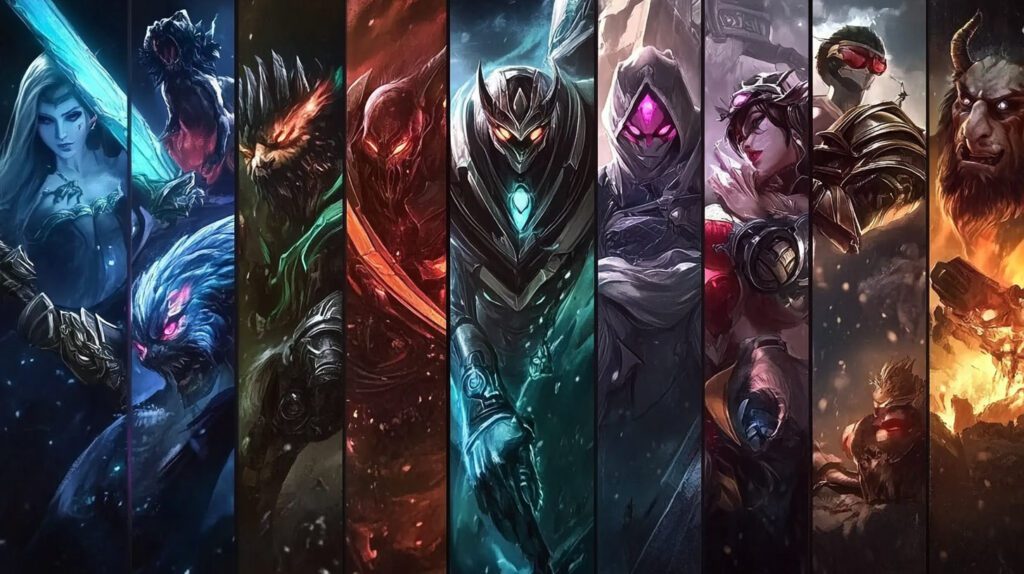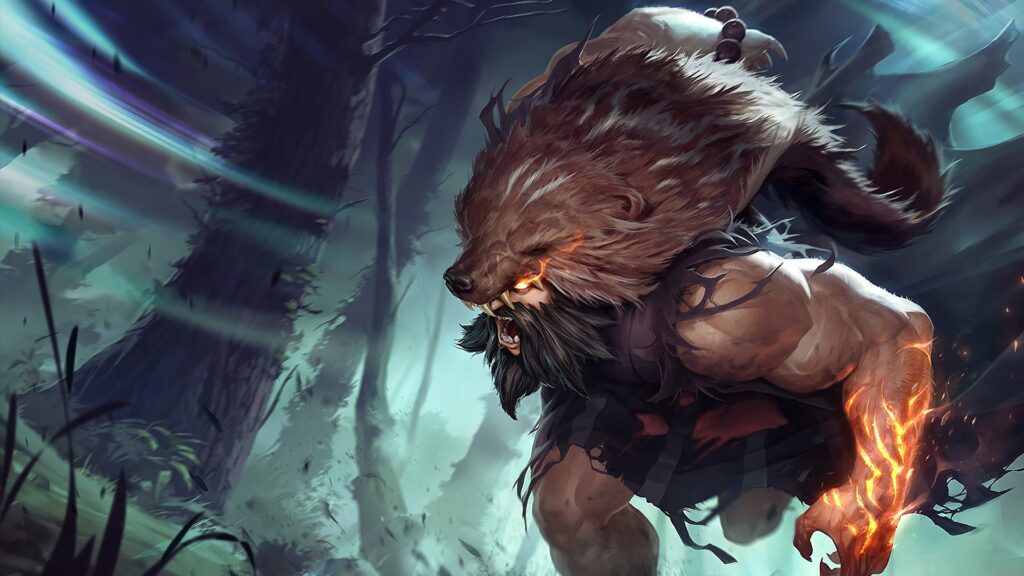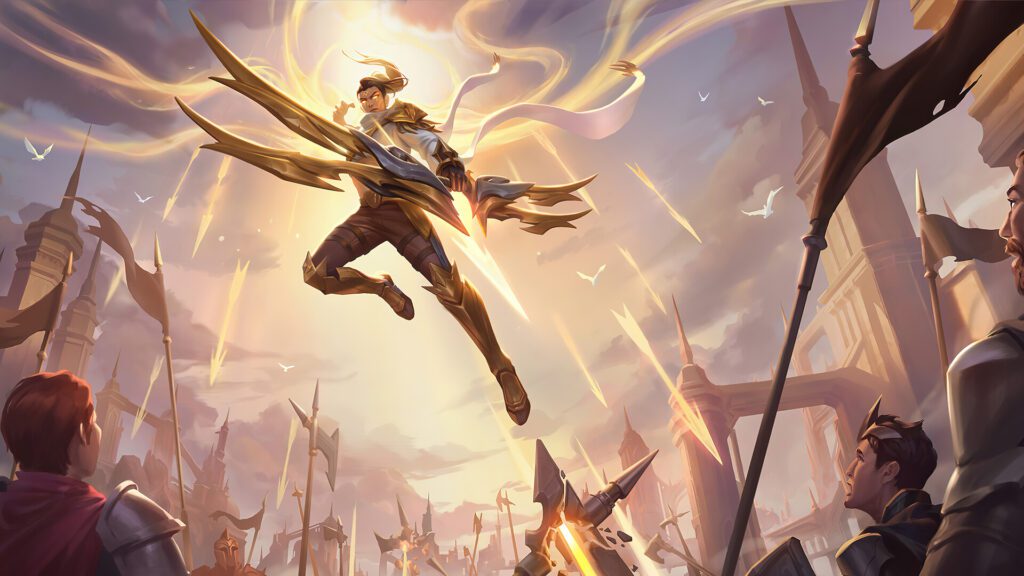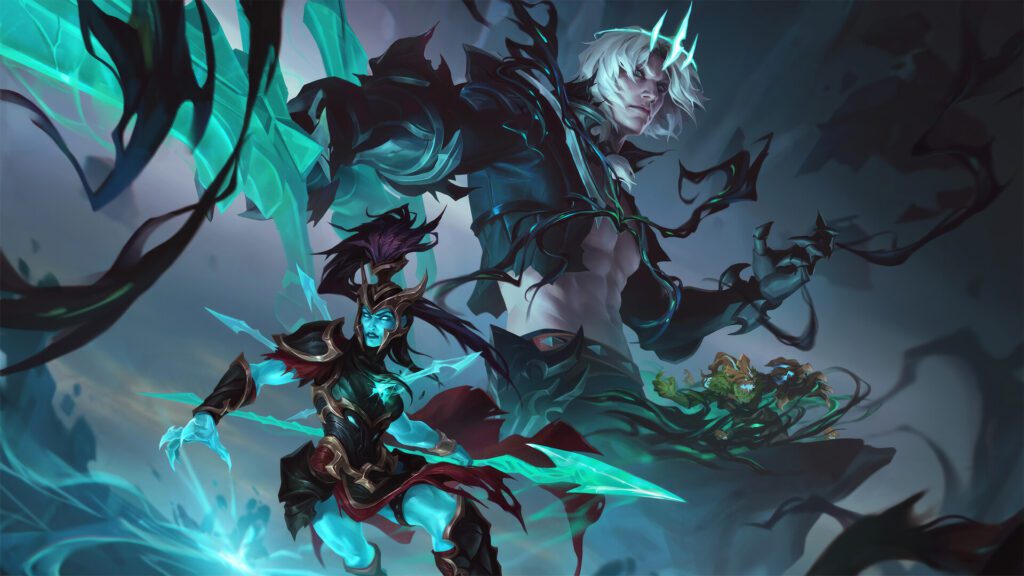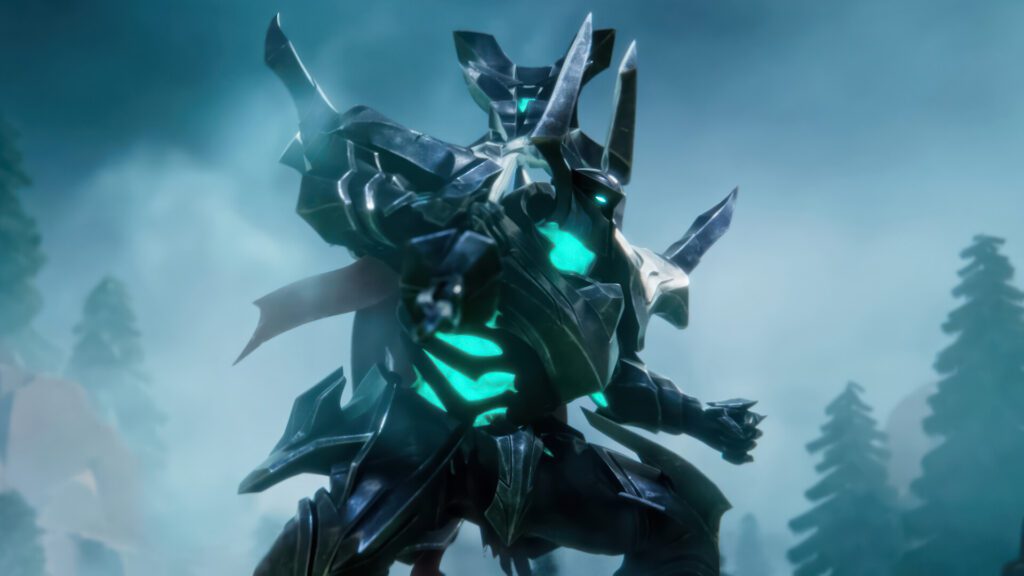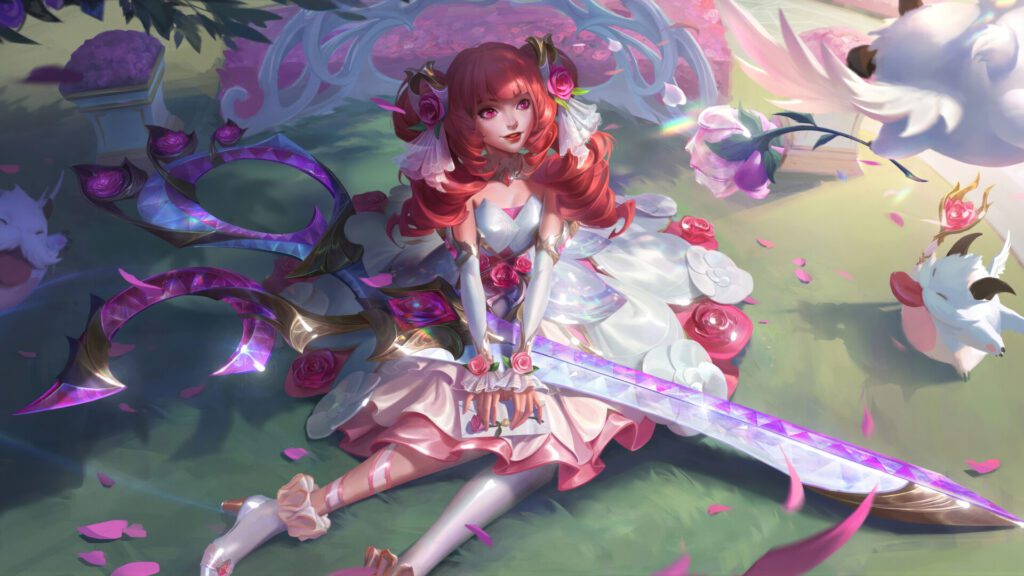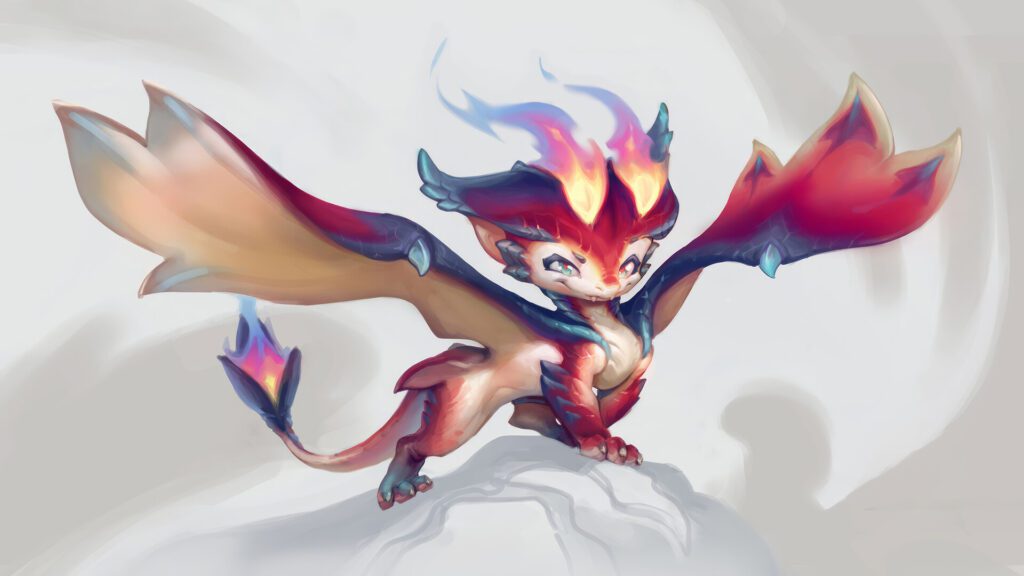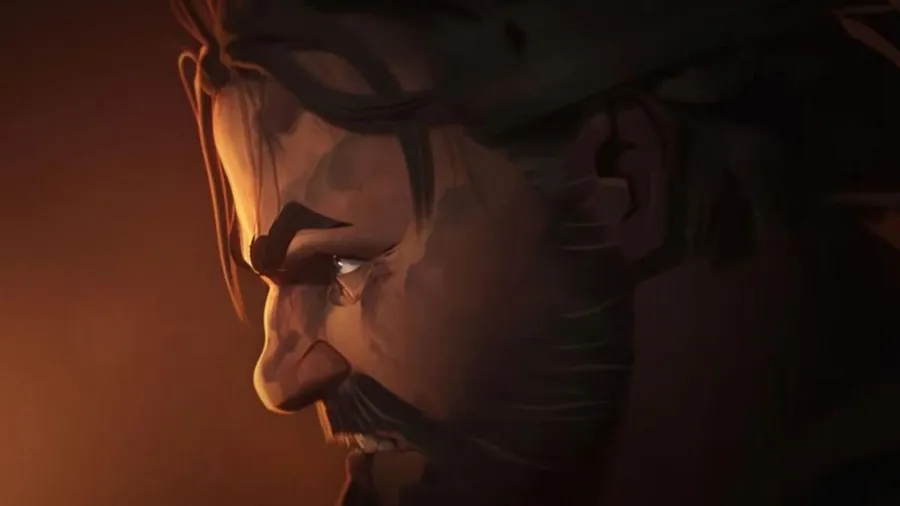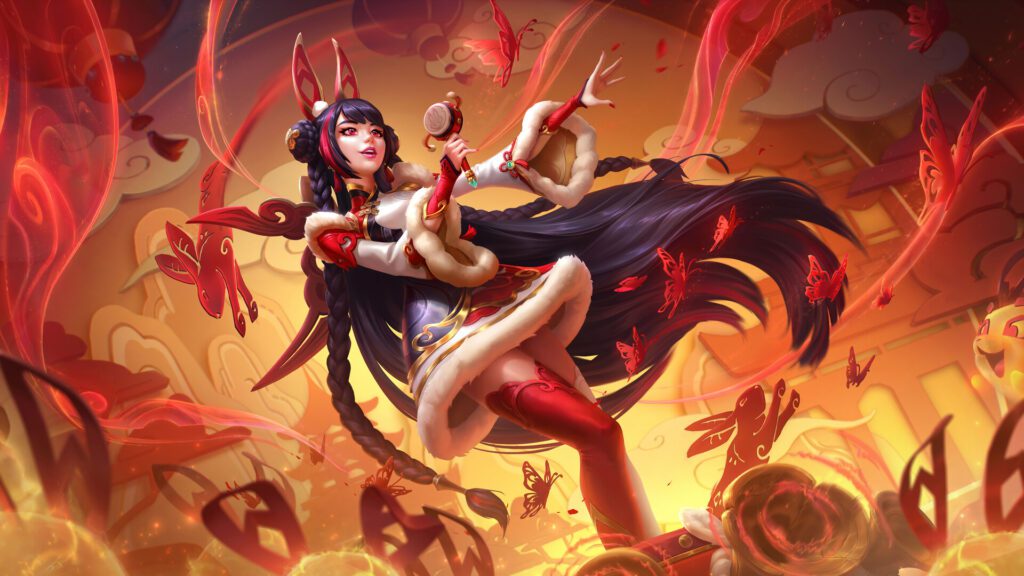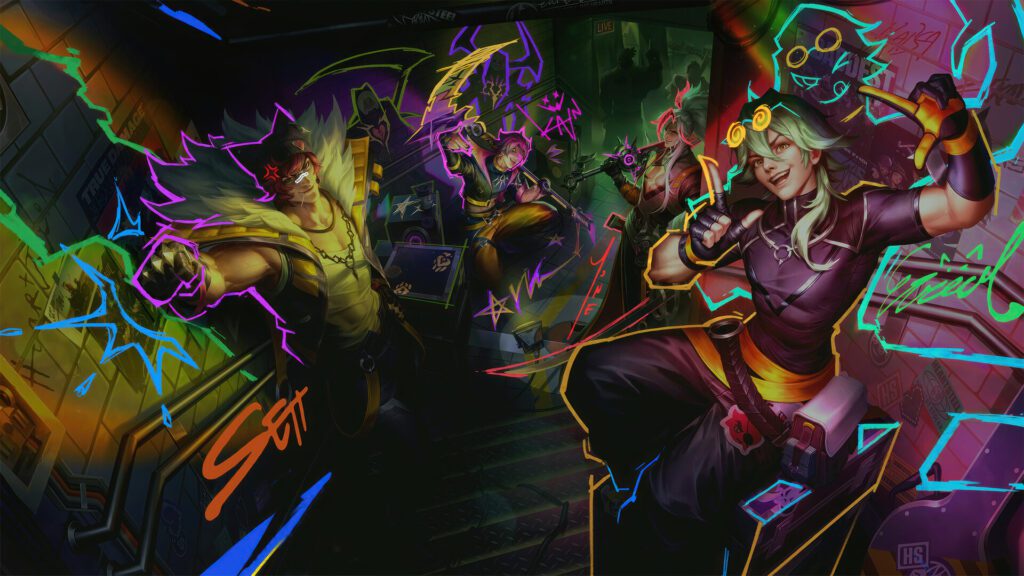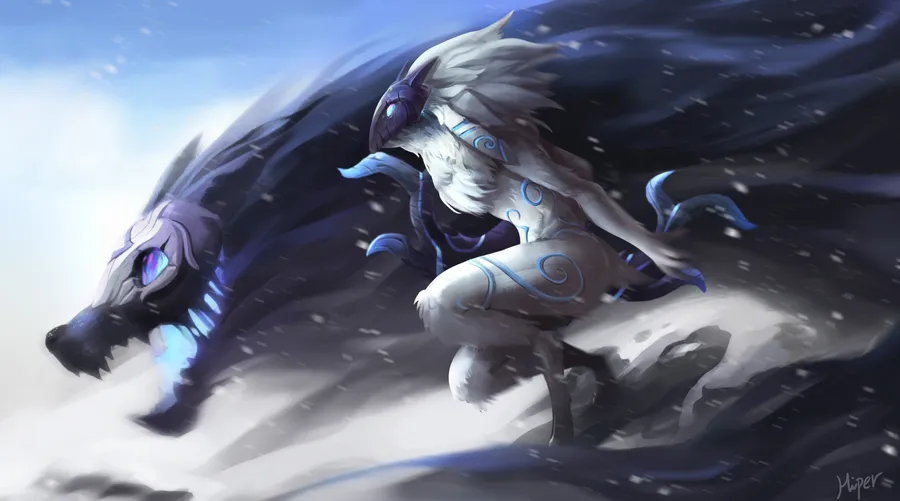League of Legends Champions - Mastering LoL Champions for Every Role and Playstyle
Introduction to League of Legends Champions
League of Legends champions are the heart and soul of the game, each bringing unique abilities, playstyles, and personalities to the Rift. As the primary playable characters, champions define the game’s strategic depth and provide players with countless ways to experience its dynamic and competitive nature. With a roster of over 160 champions, Riot Games has crafted a diverse lineup that caters to every type of player, from casual enthusiasts to professional esports competitors.
What are League of Legends champions?
-League of Legends champions are the playable characters in the game, each designed with unique abilities, roles, and personalities. With over 160 champions to choose from, they are the core of gameplay, allowing players to explore different playstyles and strategies. Champions range from sword-wielding warriors to magical sorcerers, offering diversity in both aesthetics and mechanics.
The significance of champions in LoL gameplay
Champions dictate the flow of matches, team compositions, and tactical decisions. They are pivotal in defining how a team approaches objectives, battles, and macro strategies. Picking the right champion for a specific role or countering the enemy team can often be the difference between victory and defeat.
Types of Champions in League of Legends
League of Legends champions are classified into distinct roles and categories that reflect their abilities, playstyles, and contributions to the game. These classifications help players understand how to use each champion effectively and how they fit into a team composition. The main types of champions include Tanks, Fighters, Assassins, Mages, Marksmen, and Supports, with some champions bridging multiple roles as hybrids.
Primary Classes of Champions
Tanks: The protectors and frontline defenders
-Tanks are durable champions designed to soak up damage and protect their teammates. They excel at initiating fights and disrupting enemies with crowd-control abilities.
Strengths: High survivability, strong crowd control, effective at engaging team fights.
Weaknesses: Limited damage output and reliance on team coordination.
Examples:
Malphite: Known for his ultimate ability, Unstoppable Force, which can engage and knock up multiple enemies.
Leona: A tanky support who excels at locking down enemies with stuns and roots.
Fighters: Balanced champions excelling in duels
Fighters are versatile champions that balance offense and defense. They thrive in extended skirmishes and excel at dealing sustained damage.
Strengths: Strong dueling potential and adaptability in fights.
Weaknesses: Require positioning and can struggle against burst damage.
Examples:
Darius: A dominating lane bully who excels in close combat.
Irelia: A mobile fighter with scaling damage and healing.
Assassins: Burst damage specialists
Assassins are champions that specialize in burst damage and eliminating priority targets quickly. They often rely on mobility to infiltrate the enemy backline.
Strengths: High mobility, burst damage, and the ability to delete squishy enemies.
Weaknesses: Fragile and reliant on precise execution.
Examples:
Zed: A shadow-wielding assassin with exceptional outplay potential.
Katarina: A reset-based assassin who can decimate enemies in team fights.
Mages: Spellcasters with high damage potential
Mages are spellcasters that deal high magic damage, either through bursts or sustained damage. They often control zones in fights and poke enemies from a distance.
Strengths: Powerful ranged abilities, area control, and crowd control options.
Weaknesses: Vulnerable to assassins and reliant on mana management.
Examples:
Syndra: A burst mage capable of one-shotting enemies with her ultimate.
Anivia: A control mage with zoning tools and the ability to block enemy movement.
Marksmen: Ranged damage dealers for sustained fights
Marksmen, also known as ADCs (Attack Damage Carries), are ranged champions who deal sustained physical damage. They are critical for taking down objectives and dealing consistent damage in team fights.
Strengths: High damage output over time, especially in the late game.
Weaknesses: Fragile and reliant on protection from teammates.
Examples:
Jinx: A hyper-carry with AoE potential and scaling damage.
Kai’Sa: A versatile marksman with mobility and hybrid damage.
Supports: Champions that empower and protect teammates
Supports are champions that focus on helping their team through utility, healing, shielding, or crowd control. They work closely with the marksman during the laning phase and provide critical support in team fights.
Strengths: Crowd control, healing, shielding, and utility.
Weaknesses: Low damage output and reliance on teammates for effectiveness.
Examples:
Lulu: A utility-based enchanter who empowers allies with shields and buffs.
Thresh: A playmaking support with hooks and crowd control capabilities.
Subclasses and Hybrid Champions
Some champions blend the characteristics of multiple classes, making them versatile and adaptable to different roles.
Battle Mages: Champions like Swain and Vladimir combine sustained damage with survivability, excelling in prolonged team fights.
Skirmishers: Champions like Fiora and Jax are adept at 1v1 duels and scaling into powerful late-game threats.
Enchanters: Utility-focused supports like Janna and Nami prioritize shielding and healing, providing constant value in fights.
Artillery Mages: Long-range mages like Ziggs and Xerath excel at poking enemies and controlling objectives from a distance.
Champion Roles and Their Importance in Team Composition
Each class plays a vital role in a well-rounded team composition. A balanced team typically includes:
A Tank to engage fights and absorb damage.
A Fighter or Assassin for sustained or burst damage.
A Mage for area control or poke damage.
A Marksman for consistent damage, especially in the late game.
A Support to provide utility and protect the team’s key damage dealers.
Understanding the roles and synergies between these champion types is crucial for building an effective team and adapting to the game’s dynamic strategies.
Champion Selection: Finding the Perfect Champion for Your Playstyle
Selecting the right champion in League of Legends is a crucial step that can significantly impact your performance and enjoyment of the game. With over 160 champions to choose from, the process might feel overwhelming, but understanding your playstyle, the game’s meta, and your team’s needs can simplify the decision-making process.
Adapting to your preferred playstyle (aggressive, defensive, utility-based)
Choosing the right champion begins with understanding your personal playstyle. If you prefer engaging enemies head-on, champions like Rengar or Olaf may suit you. For strategic, team-oriented players, champions like Janna or Shen provide opportunities to shine in supportive roles.
Understanding the importance of team composition
Team composition is crucial in League of Legends. Balancing damage types, crowd control, and sustain can determine a team’s overall effectiveness. A balanced composition often includes a mix of tanks, damage dealers, and utility champions.
Tips for picking champions based on game meta and counters
The evolving meta heavily influences champion viability. Tier lists and patch notes can guide you in selecting champions that are strong in the current game state. Additionally, counter-picking is vital. For example, picking Malzahar against champions reliant on mobility, like Katarina, can give you an edge.
The Evolution of League of Legends Champions
Since its release in 2009, League of Legends has continually expanded its roster of champions, evolving from a modest selection of 40 champions to over 160 today. This evolution reflects Riot Games' dedication to innovation, player engagement, and balancing complexity with accessibility. Over the years, Riot has introduced groundbreaking mechanics, reimagined outdated champions, and woven rich lore into each new addition, keeping the game dynamic and captivating.
The growth from the original roster to over 160 champions
League of Legends started with just 40 champions in 2009. Over the years, Riot Games has expanded the roster, introducing characters with innovative mechanics and deep lore. Recent releases like Bel’Veth and Nilah showcase Riot’s ability to keep the champion pool fresh.
Iconic champion releases and their impact on the game
Certain champion releases have significantly influenced the game. Jhin’s unique mechanics as a marksman with four shots and a reload system revolutionized how ADCs are played. Similarly, Yasuo’s introduction brought an entirely new playstyle focused on wind manipulation and high mobility.
Champion reworks: Breathing new life into old favorites
To keep older champions relevant, Riot has reworked several iconic characters. Warwick, for instance, received a major update that retained his thematic identity while improving his gameplay. Other successful reworks include Mordekaiser and Fiddlesticks, both of which brought their kits up to modern standards.
Champion Abilities and Unique Mechanics
The anatomy of a champion’s kit
Each champion’s kit consists of a passive ability, three basic abilities (Q, W, E), and an ultimate (R). These abilities define how the champion interacts with the game and synergizes with teammates.
Champions with unique mechanics
Some champions stand out for their distinctive mechanics:
Lee Sin: Known for his mobility and skill shots, Lee Sin requires precision and timing.
Aphelios: With five interchangeable weapons, mastering Aphelios demands an understanding of his complex kit.
How to Master LoL Champions
Step-by-step guide to champion mastery
Understand the Abilities
Familiarize yourself with the champion’s skills, including cooldowns, ranges, and damage output.
Learn Optimal Builds
Research rune setups and item builds that complement the champion’s kit.
Practice Mechanics
Spend time in training mode or bot games to improve your mechanics.
Study Matchups
Learn how your champion performs against others in lane or team fights.
Tips for practicing and improving
Platforms like YouTube, Twitch, and Probuilds provide valuable resources. Watching professional players or high-Elo streamers can offer insights into advanced techniques and strategies.
Champion Skins: Aesthetic Appeal and In-Game Influence
The role of skins in enhancing champion identity
Skins provide visual customization for champions, allowing players to express their personality or celebrate special events. Riot’s popular skin lines, such as PROJECT and Star Guardian, offer stunning designs that enhance the in-game experience.
Popular skins for LoL champions
While skins don’t provide direct gameplay advantages, certain animations or effects can make abilities appear less predictable. This has sparked discussions about the competitive fairness of specific skins.
Iconic Champions in LoL Esports History
Champions that defined professional metas
Certain champions have dominated the professional scene due to their reliability and impact. Orianna, for instance, is a staple pick in pro play due to her team-fighting capabilities. Thresh’s versatility as a support also makes him a favorite among pros.
Legendary plays involving champions
Esports history is filled with iconic moments:
Faker’s Zed vs. Ryu: A highlight that showcased Faker’s mechanical skill and ability to outplay opponents.
Deft’s Ezreal Baron Steal: A clutch moment that turned the tide of a match.
Balancing Champions: Riot Games’ Approach
How Riot Games designs and balances champions
Riot continually monitors champion performance, implementing buffs or nerfs to maintain balance. They also rely on community feedback to address concerns about overpowered or underperforming champions.
Buffs, nerfs, and reworks: Keeping the meta fresh
Adjusting champions ensures a dynamic meta. For example, Aphelios received multiple adjustments post-release to balance his complexity and effectiveness.
Champion Lore and Storylines
Exploring the backstories of popular champions
Riot integrates deep lore into its champions, enriching the game’s narrative:
Yasuo and Yone: A story of brotherly conflict and redemption.
Jinx and Vi: Their rivalry as siblings adds depth to Piltover’s lore.
How lore influences in-game events and interactions
Lore often inspires in-game events, such as Spirit Blossom and Arcane-themed skins. These connections deepen player engagement with the game world.
The Future of League of Legends Champions
Upcoming champions and teasers from Riot Games
Riot continues to innovate, teasing new champions with unique mechanics. Players eagerly await the next addition to the roster.
Predictions for champion designs and meta trends
As the game evolves, champions will likely continue to emphasize versatility and interaction with team strategies.
How Riot Games keeps champion diversity exciting
Riot Games has consistently demonstrated its ability to keep League of Legends champions diverse, engaging, and relevant. By innovating in design, exploring unique themes, and listening to community feedback, Riot ensures that the champion roster remains fresh and offers something for every type of player.
Frequently Asked Questions about League of Legends Champions
What are League of Legends champions?
League of Legends champions are the playable characters in the game, each designed with unique abilities, roles, and personalities. With over 160 champions to choose from, they form the core of gameplay and provide diverse strategic options.
How many champions are there in League of Legends?
As of now, League of Legends features over 160 champions, with Riot Games consistently expanding the roster to introduce new mechanics and playstyles.
What are the main classes of League of Legends champions?
The main classes of champions in League of Legends include Tank, Fighter, Assassin, Mage, Marksman, and Support. These roles define their strengths and contributions to a team.
How can I find the best champion for my playstyle?
To find the best champion, consider your preferred role, aggression level, and strategic approach. Tools like LOLNOW.GG offer guides and tips to help you choose.
What resources can I use to learn more about champions?
Platforms like LOLNOW.GG, Probuilds, and patch updates on Riot's official site provide insights, tier lists, and strategies to enhance your gameplay.
How can I counter specific champions?
Countering champions requires understanding their abilities and weaknesses. Use resources like LOLNOW.GG to explore counters and optimal strategies for different matchups.
Visit LOLNOW.GG to get all the latest news and updates about LOL and League of Legends!
